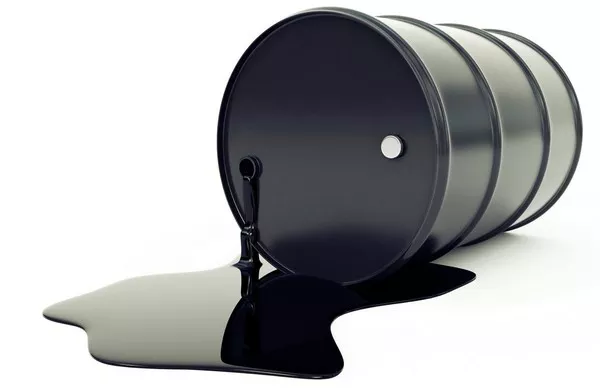West Texas Intermediate (WTI), the US benchmark crude, was trading around $71.30 during the early Asian session on Friday, showing modest gains. The increase follows the delay of US President Donald Trump’s tariff announcements, which were pushed back until at least April, alleviating some concerns about a potential global trade war.
On Thursday, Trump directed his administration to explore imposing reciprocal tariffs on countries that levy duties on US goods. However, the decision is set to be reviewed by US commerce and economics officials, with the implementation of tariffs now postponed until April 1. This delay has led to hopes that a trade war could be averted, offering a boost to oil prices.
Phil Flynn, a senior analyst at Price Futures Group, commented, “We saw a big recovery in prices on tariffs not going into effect until April. That will allow time for negotiation.”
In the US, the Energy Information Administration (EIA) reported a 4.07 million barrel increase in crude oil inventories for the week ending February 7. This was smaller than the previous week’s 8.664 million barrel rise, and exceeded market expectations of a 2.8 million barrel increase, suggesting a continued build-up in supplies.
However, potential upside for oil prices may be limited by easing sanctions on Russia, as optimism grows over the possibility of a peace deal in Ukraine. On Wednesday, President Trump revealed that both Russian President Vladimir Putin and Ukrainian President Volodymyr Zelenskiy expressed a desire for peace in separate phone calls. Trump subsequently ordered US officials to initiate talks aimed at ending the ongoing conflict, further weighing on market sentiment for crude.


